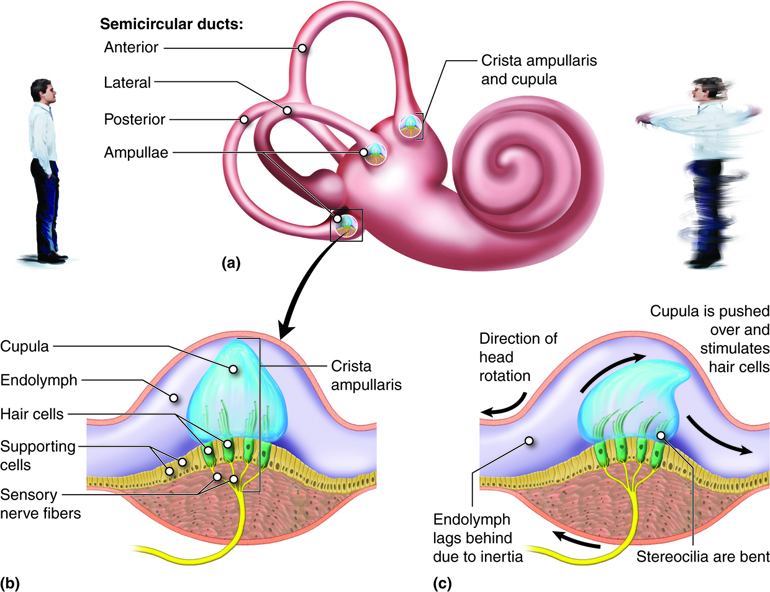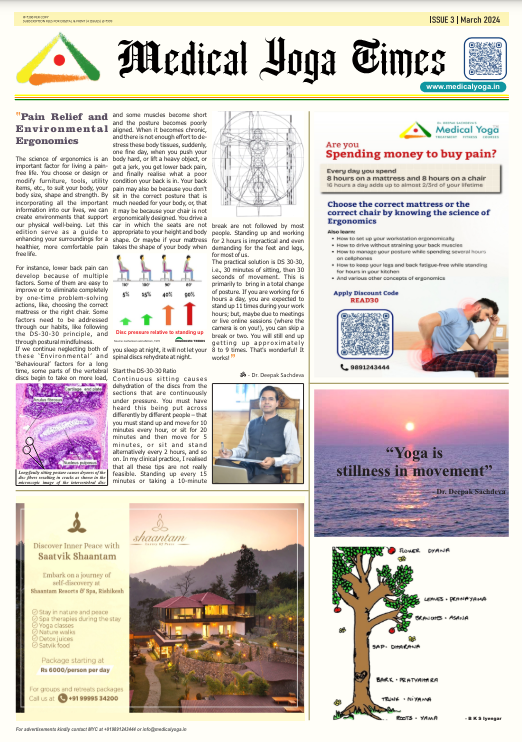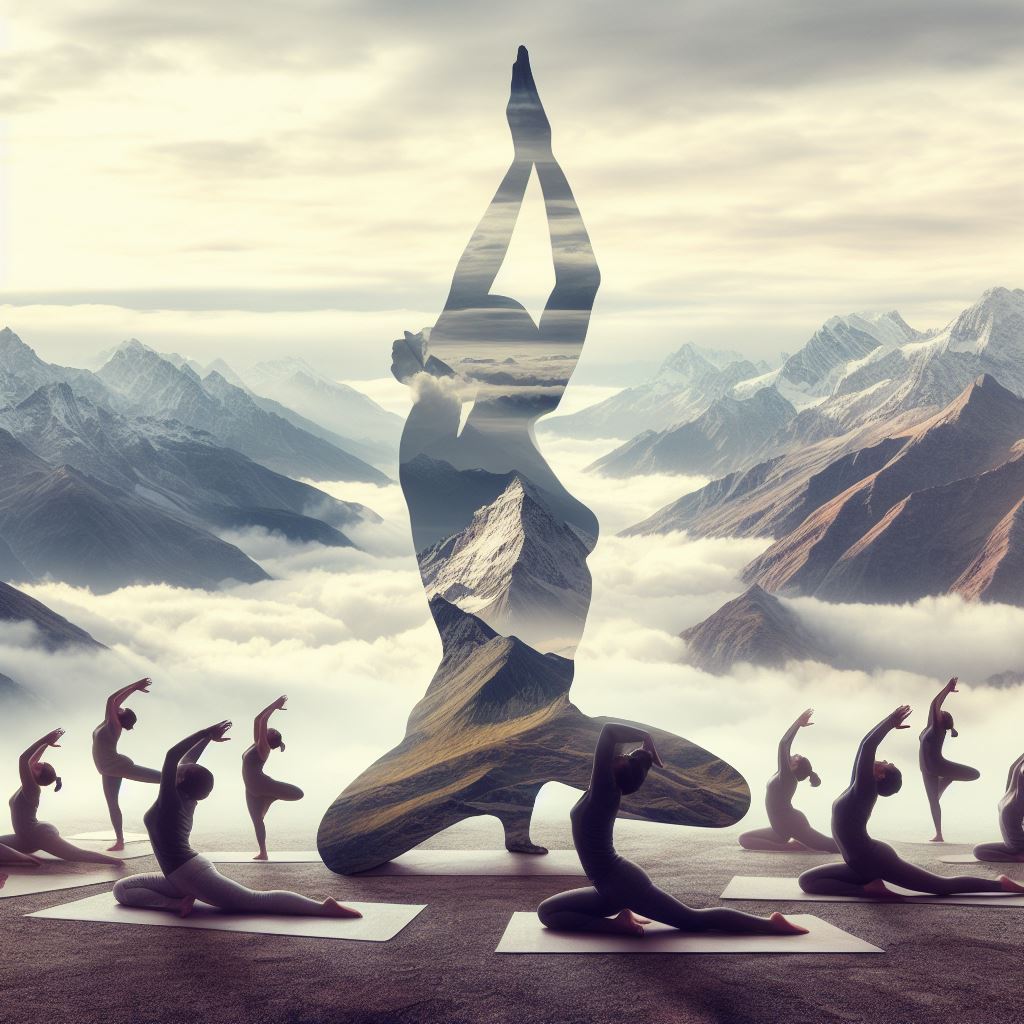Cervical Spine Health

Cervical Spine Health
Our vestibular system gives us our sense of balance, coordination, movement and posture. Its function is to detect the position and movement of our head in space. This allows for the coordination of eye movements, with posture and equilibrium. The vestibular apparatus is found in the inner ear. It provides the sense of balance and the information about body positions that allows rapid compensatory movements in response to both self-induced and externally generated forces. We are able to successfully navigate our physical world because of the integration of the vestibular, visual,and proprioceptive (information perceived through our muscles and joints) systems. Our vestibular system develops before our visual system, causing our movement to guide our vision in the first few years of life. But when the necessary visual skills are developed, vision guides movement.
The cervical spine has a very delicate proprioceptive system, reacting to stimuli, to keep proper position and movement of the body going. It signals the position of the head relative to the trunk, coordinates the vestibular and visual systems and plays a crucial role in controlling posture and balance.
Facts:
Ÿ The sternal head of the sternocleidomastoid muscle, abbreviated as SCM, is the more superficial muscle on the side of your neck that turns your head side to side. It can send pain in front of the ear. This muscle can also send pain behind the ear, to the forehead, to the cheek, to the chin, into the eye, under the jaw, and into the breastbone.
Ÿ Muscle tension in the upper back, neck and shoulders can lead to headaches or problems
with your vision, as the flow of blood is restricted to your eyes. On the reverse, many of the activities that cause eye strain and discomfort also lead to neck and back problems.
Ÿ The reflex of the eyes is one of the fastest reflexes in the human body. Head movement must be compensated for almost immediately to have clear vision. This means when your head moves one direction, your eyes must move in an equally opposite direction at virtually the same speed to keep a target in focus.
Ÿ The stapes, or stirrup, is the body's smallest bone, and is found in the ear! This delicate bone works with two other bones, the malleus or hammer, and the incus or anvil, in the ear
to send sound vibrations into the inner ear. It is in the inner ear wherein lies the vestibular organ that is responsible for balance.
The human balance system is extremely complex , with multiple organs working in rhythm to maintain balance (and avoid dizziness). Yoga helps with keeping balance, focus, movementand coordination. The vestibular system must coordinate the inner ears with the eyes, the brain, and the rest of the body.
There are 3 strategies needed to maintain balance.
Ÿ Ankle strategy – activated in the ankle joint to maintain your centre of mass.
Ÿ Hip strategy – activated when your centre of mass moves the hip joint forward and backward.
Ÿ Stepping strategy – activated when your centre of mass moves away from your body. One must also keep in mind,
Ÿ Feet – balance can beenhanced by working with the feet, e.g., separate toes well; using toe separators; go barefoot as often as possible to keep the muscles of the feet strong and flexible; massage your feet regularly to keep awareness alive in the feet.
Ÿ Breath – focus on breathing slowly. Consciously relax the muscles in your neck, jaw, chest and diaphragm. This will also help reduce anxiety.
Work under the close guidance of your medical yoga therapist to create a yoga sequence, to coordinate movements with your
respiration:
Poses to let the eyes and nervous
system take a break
Muscle stretching poses
Chest openers
Grounding poses




